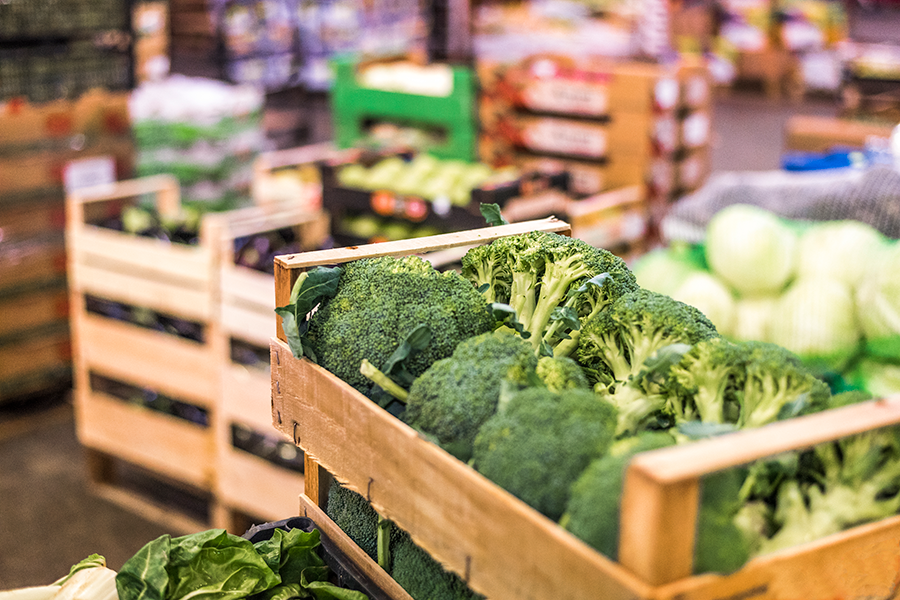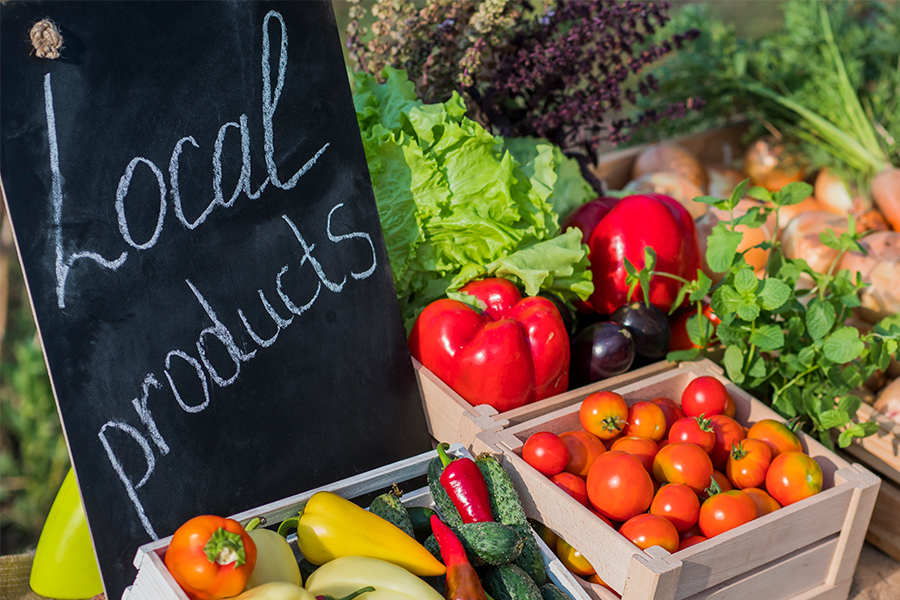Commercial Fruit
-

The commercial citrus industry in Georgia has only recently been established, with most groves planted after 2014. Initially,
satsuma mandarins (Citrus unshiu) on trifoliate rootstocks (Poncirus
trifoliata) were planted for their cold-hardiness, seedlessness, and
ease of peeling. Satsuma fruits begin to attain commercial maturity in
early November and usually avoid hard freezes in southern Georgia. As of
2022, approximately 75% of the 3,300 acres of citrus planted in Georgia are
satsumas, but that proportion is trending downward. To strengthen the new
Georgia citrus industry, growers recently have begun to diversify their citrus
varieties. Little is known about how these varieties will perform under Georgia
weather and soil conditions. Therefore, research is necessary to determine what
varieties can best tolerate Georgia’s winter weather and to determine cultural
norms such as maturation time, fruit quality, and insect and disease tolerance. This publication is associated with Annual Publication 127, the annual publication containing each season’s harvest data.Jake Price
|
-

2020 plant disease losses in Georgia, including control costs, amounted to an estimated $806 million. The value of the crops used in this estimate was approximately $6.712 billion, resulting in a 12.01% relative disease loss across all crops included in this summary. The estimated values for most crops used to compute these disease losses are summarized in the 2020 Georgia Farm Gate Value Report (AR-22-01) by the UGA Center for Agribusiness & Economic Development. Some estimates for fruits, ornamentals, and turf rely on specialists’ knowledge of the industry and industry sources for information. Losses covered include: apple, blackberry, blueberry, bunch grape, corn, cotton, muscadine grape, ornamentals, peach, peanut, pecan, soybean, strawberry, turfgrass, vegetables, and wheat.
Elizabeth L. Little
|
-

The production, harvest, sorting and packing of fruits and vegetables produces close to a billion pounds of produce annually. These processes also result in material that is rotten, has bad spots, or is removed from packing lines. Properly dealing with discarded products can reduce the potential for environmental pollution while also protecting the individual who is responsible for the discarded materials.
Gary L. Hawkins
|
-

Marketing fresh fruits and vegetables at farmers markets, roadside markets, and pick-your-own farms is an important and growing method of marketing. However, many of the containers used are not practical for consumers.
Bob Westerfield and Timothy Coolong
|
-

Many types of fruits and nuts can be grown in Georgia due to our mild climate. This publication provides an outline of the culture and management of the exotic and uncommon fruits and nuts that can be grown in Georgia.
Gerard W. Krewer and Bob Westerfield
|
-

This publication covers some of the basic information about what you may need and key considerations when developing a small fruit and vegetable farm.
Bob Westerfield
|
-

C 997
Pomegranate Production
This resource helps growers understand how to grow pomegranates for commercial or home use in Georgia, as well as general production practices common in other pomegranate-producing regions. There has been increasing consumer demand for the fruit and it’s being used in many consumer products, including tea and juice blends, nut mixes, and other foods.
Bob Westerfield, Harald Scherm, Dan L. Horton, Dr. Karina G. Martino, and Daniel D MacLean
|
-

The 2022 edition of this regional integrated pest management guide provides recommendations for strawberry production in the Southeastern U.S. Recommendations are based on information from the manufacturer’s label and performance data from research and Extension field tests. This publication is intended for use only as a guide. Specific rates and application methods are on the pesticide label, and these are subject to change at any time.
Phillip M. Brannen
|
-

The 2022 Southeast Regional Caneberry Integrated Management Guide covers topics such as pesticide stewardship and safety, insect and disease control, pre-transplant and transplant operations, fungicide and insecticide efficacy comparisons and spray schedules, weed management, wildlife damage, and more. Recommendations are based on information from the manufacturer’s label and performance data from research and extension field tests. Because environmental conditions and grower application methods vary widely, suggested use does not imply that performance of the pesticide will always conform to the safety and pest control standards indicated by experimental data. This publication is intended for use only as a guide. Specific rates and applications methods are on the pesticide label, and these are subject to change at any time.
Phillip M. Brannen
|